Seochon Guest House [Korea Quality] / 서촌 게스트하우스 [한국관광 품질인증]
1.2Km 2023-04-07
28-3, Jahamun-ro 7-gil, Jongno-gu, Seoul
+82-010-3345-9680
Seochon Guest House is located in Seochon, which is becoming a hot place for tourists in Seoul, and precisely on the road to Suseong Valley, whichis filled with interesting stores and is also well-known for Park Nosoo Art Gallery and the House of Yun Dong-ju (poet). Seochon Guest House is nicknamed ‘Jaeminangol (interesting village)’ after Baekseok’s poem ‘Yeowunangol’, with the aim of providing a visit full of interesting experiences. Passing through a garden and entering the main building, the unique charm of this hanok building, the staircase to get to the first floor from daecheong (main floored room), catches the eye of the visitors. In addition, the building is decorated with various stylish objects including paintings and Korean musical instruments. The terrace situated on the first floor offers an open view of the surrounding area including roof tiles of hanok structures and alleyways in Seochon. It is said that Korean novelist Yoon Hu-myeong also appreciated the structure of the guesthouse, saying, “It is an interesting place.” Built in the 1930s, the house, which has many storage places, was taken by the owner couple in spring 2014 as they were attracted by the house during their trip to Seochon. After the repair work, the ground floor of the house was opened for guests from January 2016, hoping that guests could share their daily experiences and stories with each other. The guestrooms and the main floored room on the ground floor are open to guests, with the exception of the first floor, which is used by the owner couple. The living room is equipped with books, a curved TV, and a table. The tasty meal, which is served in the kitchen, consists of rice and soup with six side dishes and is much loved by guests. The guesthouse offers a total of four rooms – Jae Room, which is the most Korean-style room; Mi Room, which has a combined style of a Korean-style room and Western-style room; Nan Room, which is an ideal room for meditation with a beautiful paper window; and Ahn Room, which is equipped with a veranda and a pretty flowerbed. Every room has its separate charm with various comfortable bedding to provide a quiet and cozy bedroom for guests in the middle of the city. Furthermore, the guesthouse holds a pansori (epic chant) performance twice a year. The owner started learning how to sing pansori to promote the Korean culture and tradition to foreigners. When a pansori performance is held, the owner offers traditional Korean snacks and drinks including sikhye (sweet rice punch), sujeonggwa (cinnamon punch), traditional sweets and cookies, and tteok (rice cakes) to visitors, tourists, and performers. Moreover, it provides cultural programs such as a Gukak (Korean classical music) experience, Korean traditional clothes experience, and making Korean food experience, as well as other activities with guests, such as trip to the city wall between Inwangsan Mountain and Bugaksan Mountain, and the Royal Palace Tour to Gyeongbokgung Palace, etc., as well as a trip to a traditional market.
Velvet Moon (벨벳문)
1.2Km 2021-03-26
39, Jahamun-ro 5-gil, Jongno-gu, Seoul
+82-10-4028-9957
This coffee shop roasts coffee beans directly. This Korean dishes restaurant is located in Jongno-gu, Seoul. The most famous menu is espresso.
Myeongdonggil Sinsin (명동길신신)
1.2Km 2021-03-18
64, Namdaemun-ro, Jung-gu, Seoul
+82-2-772-9489
This is a Korean cuisine located in Myeong-dong, Seoul. Bulgogi with green onion is another famous offering. The representative menu is spicy braised beef short ribs.
James Cheese Deunggalbi Myeongdong (제임스치즈등갈비 명동)
1.2Km 2021-03-19
13, Myeongdong, 10-gil, Jung-gu, Seoul
+82-2-318-0192
A well-known restaurant in Myeong-dong that serves seasoned grilled back ribs with cheese. This Korean dishes restaurant is located in Jung-gu, Seoul. The representative menu is grilled back ribs.
Myeongdong Haemultang Eomeonijip (명동해물탕어머니집)
1.2Km 2021-03-26
11-6, Myeongdong 8-gil, Jung-gu, Seoul
+82-2-776-3896
This restaurant specializes in seafood soup based on 40 years’ tradition. This restaurant's signature menu is spicy seafood stew. This Korean dishes restaurant is located in Jung-gu, Seoul.
Jejuga (제주가)
1.2Km 2021-08-04
64, Namdaemun-ro, Jung-gu, Seoul
+82-2-776-5959
You can enjoy a large amount of delicious grilled Korean beef. This Korean dishes restaurant is located in Jung-gu, Seoul. The representative menu is grilled Korean beef rib eye steak.
Woomiok (우미옥)
1.2Km 2021-03-18
19-21, Myeongdong 10-gil, Jung-gu, Seoul
+82-2-774-6226
A barbecue specialty restaurant located in Myeongdong Cathedral, Seoul. The most famous menu is grilled beef. A restaurant where you can enjoy the highest-quality Korean beef.
Café Moon (달 카페)
1.2Km 2019-12-23
94-1, Samcheong-ro, Jongno-gu, Seoul
+82-2-735-7355
Café Moon has a trendy interior design and includes a realistic 'moon' mounted on one of the walls. The inside and outside of the café are decorated with hanok designs, designs of traditional Korean houses. The inner courtyard of the grounds is often the stage for a variety of parties and music performances held throughout the year. From the late spring into fall, Café Moon holds musical performances of traditional instruments from around the world. The diners enjoying their meals next to the courtyard need only slide the windows open to let in the beautiful melodies.
Travelodge Myeongdong City Hall (트레블로지 명동 시티홀)
1.2Km 2021-06-25
22, Sejong-daero 16-gil, Jung-gu, Seoul
+82-2-6362-6000
Travelodge Myeongdong City Hall provides excellent and efficient customer services as well as convenient amenities for the comfort of all their guests. The hotel is only 3 minutes’ walk away from City Hall Station, and its location benefits both tourists and business travelers alike as it offers various transportation options with Seoul's popular tourist attractions in the vicinity, such as Deoksugung Palace and Namdaemun Market. The hotel features a sauna session and spa services to relieve stress and put one's body and mind at ease after a busy day of traveling.
Théâtre Nanta de Jeongdong (강북정동난타전용관)
1.2Km 2019-03-26
3, Jeongdong-gil, Jung-gu, Seoul-si
+82-2-739-8288
Le Centre d’Art et de Culture de Cheongdong est situé dans la vieille et romantique rue de Jeongdong. Il se compose d’une grande salle sur deux étages d’une capacité de 600 places largement espacées et disposées en amphithéatre, et accueille généralement spectacles et avant-premières de film. Si vous aimez voir les acteurs de près, il est recommandé de s’asseoir aux premiers rangs du rez-de-chaussée, si vous préférez avoir une vision d’ensemble choisissez plutôt les premiers rangs de l’étage supérieur. Bien qu’elle n’ait rien de spectaculaire la salle est tranquille et comfortable. Même hors représentation vous pouvez venir visiter le lieu et en ressentir l’atmosphère particulière. Il existe également un salon ou vous pouvez écouter de la musique en profitant d’une boisson d’un distributeur à disposition. A l’extérieur vous pouvez profiter d’un petit parc pour pique-niquer et vous relaxer sur le gazon.
![Seochon Guest House [Korea Quality] / 서촌 게스트하우스 [한국관광 품질인증]](http://tong.visitkorea.or.kr/cms/resource/41/2447241_image2_1.jpg)
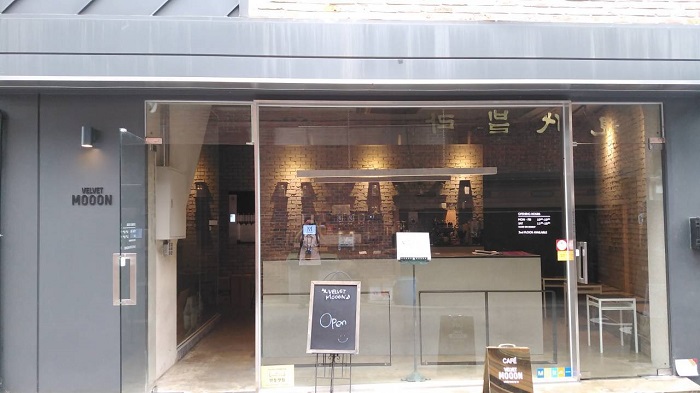
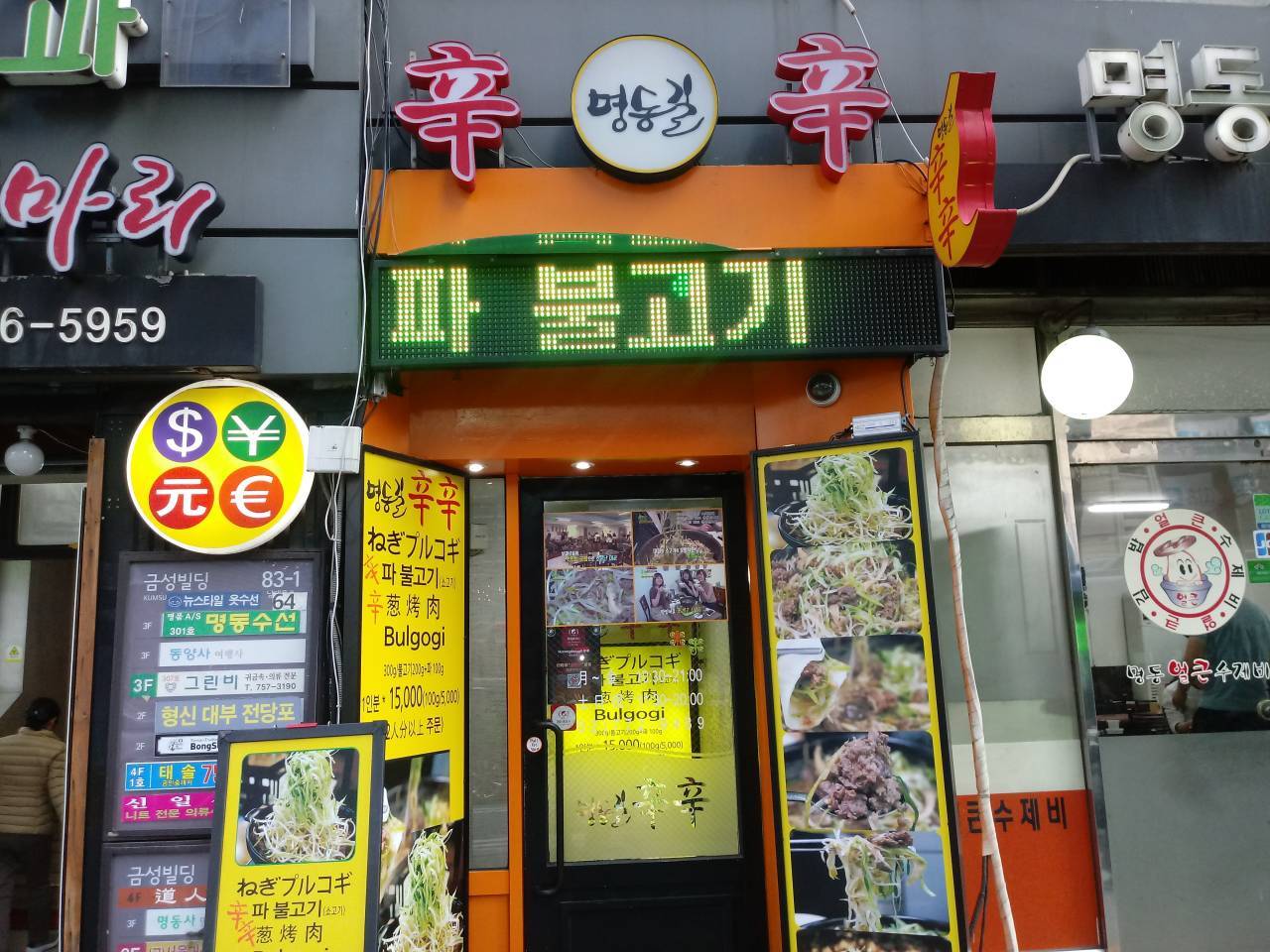
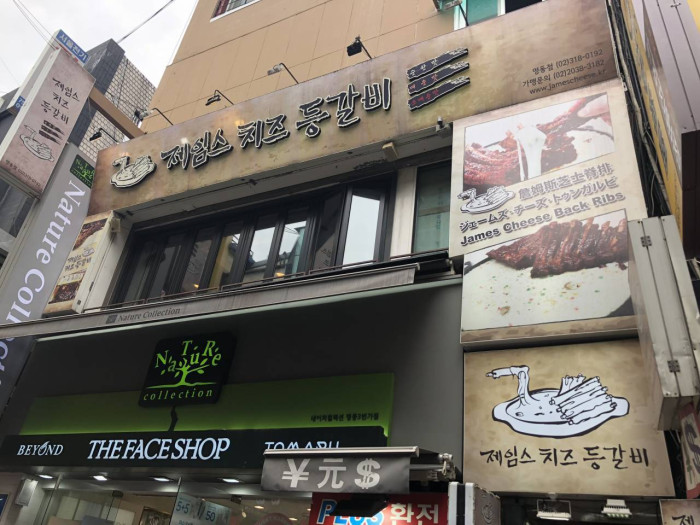
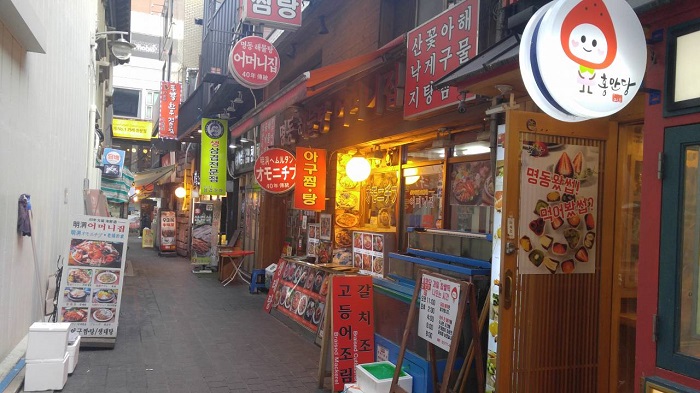
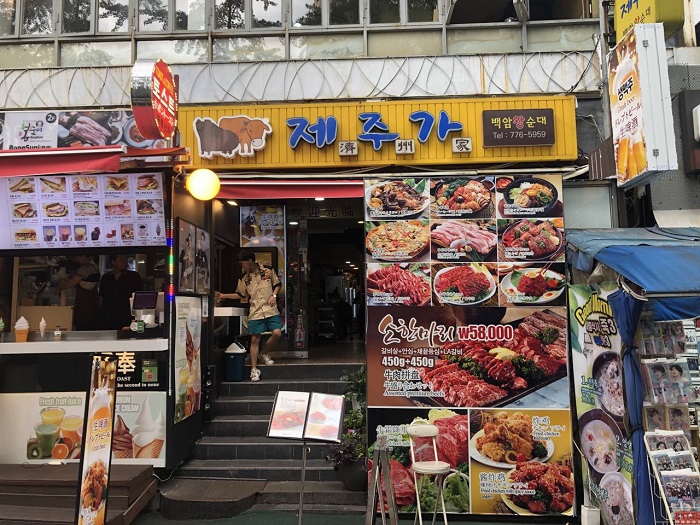
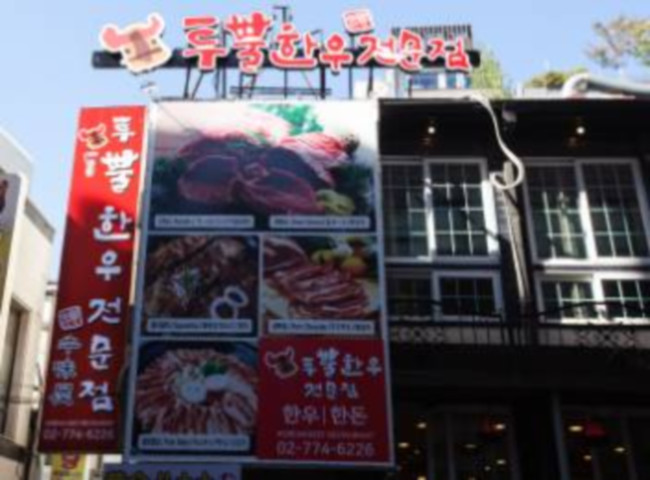
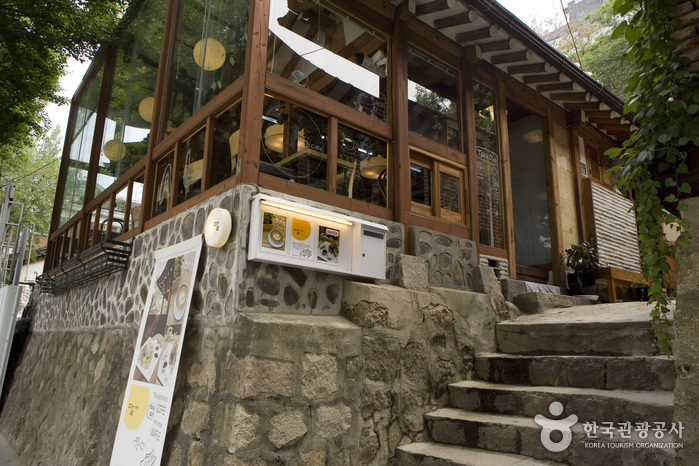
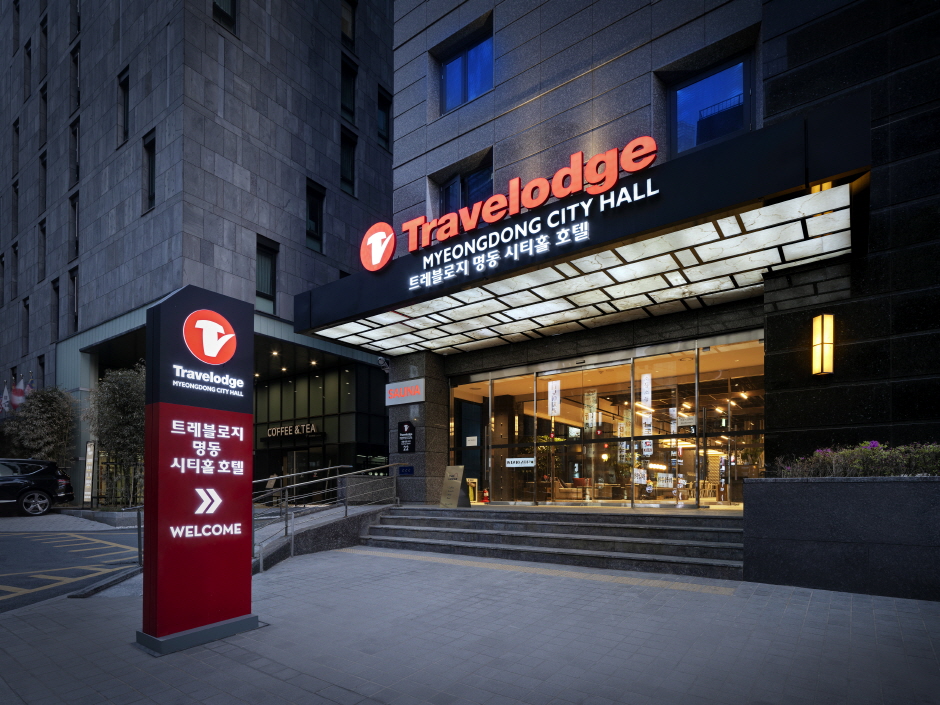
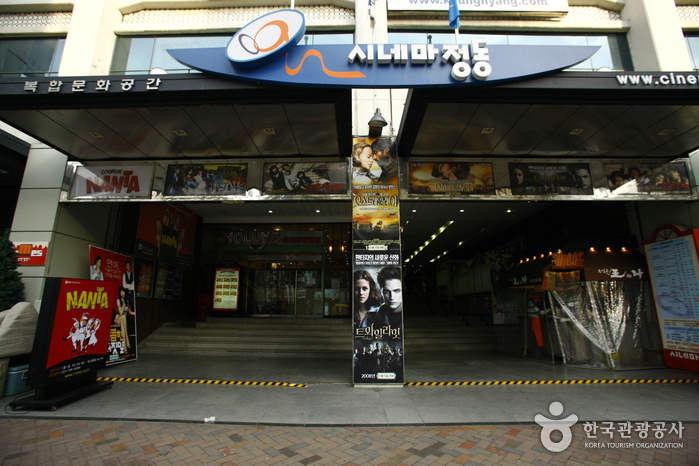
 Français
Français
 한국어
한국어 English
English 日本語
日本語 中文(简体)
中文(简体) Deutsch
Deutsch Español
Español Русский
Русский